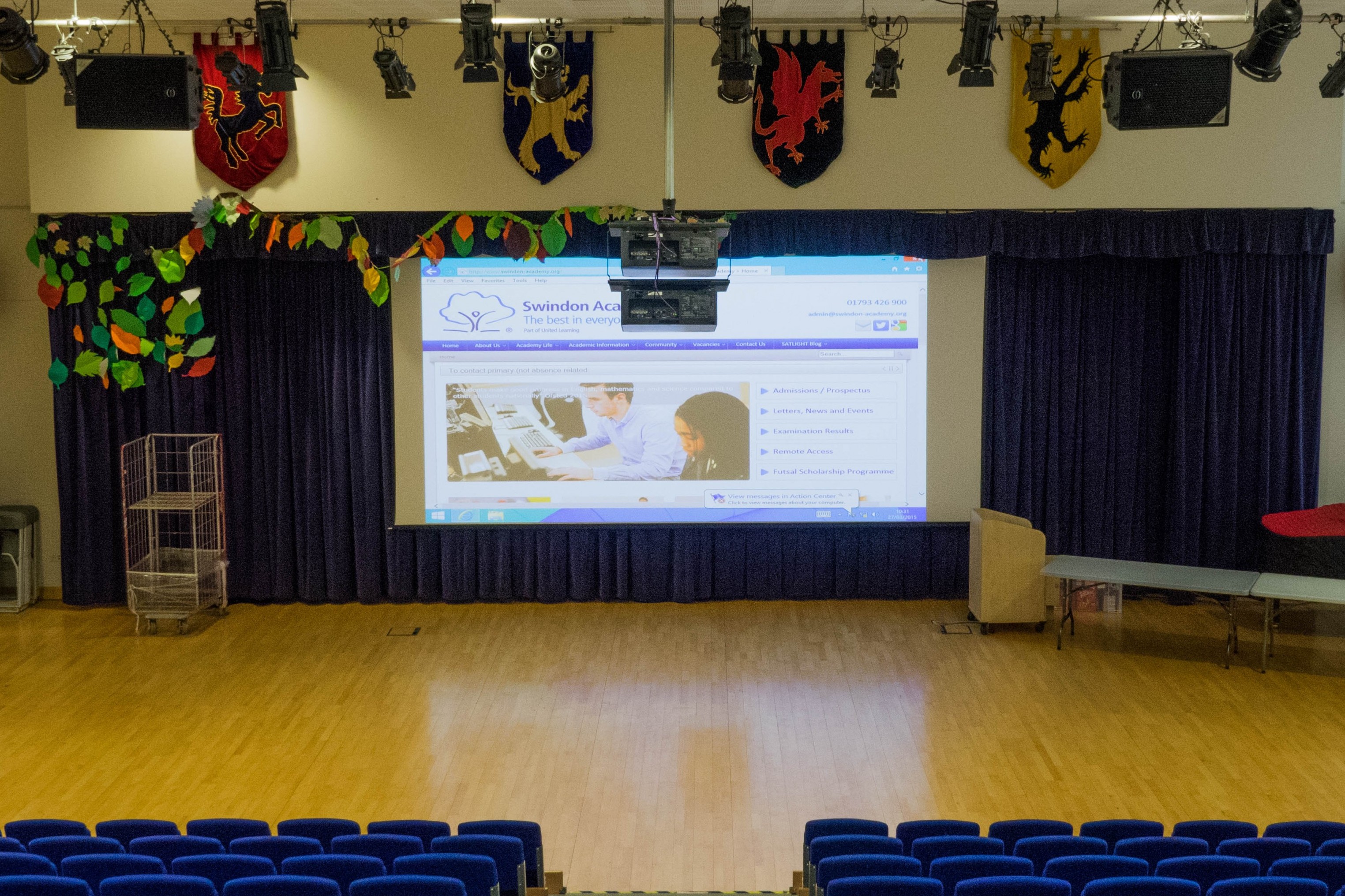
Following a look at the evolution of education technology to incorporate the latest solutions from pro AV, and insight into how interactive touchscreens have taken the market by storm, we conclude by revealing the growing opportunities available to integrators, writes Ian McMurray.
Budget is, inevitably, still a sticking point in the education market – and is the primary defining factor in what a school will install. While that creates pressures, it also creates opportunities, as Adrian Robertson, managing director, Scotland for integrator AVMI notes.
“Schools now believe they need the latest AV technologies – and they’re no longer constrained to a choice between one IWB manufacturer and another,” he says. “What that has meant for us is that increasing numbers of schools are coming to us and asking how they can make most effective use of their available budget, and whether to invest in interactive screens or projectors, how to get the best out of IPTV and digital message systems. Surprisingly, even the smallest schools now have a dedicated formal presentation suite in the main school hall used for community events. We’re now looked on much more as valuable consultants in helping them navigate through the choices and help them make the most of the available technologies.”
If anything, the role of expert, skilled integrators has become even more important in the education market – a fact that Jon Garaway, education sales, NEC Display Solutions is quick to recognise.
“In general,” he believes, “there are few challenges which cannot be overcome if the school engages a knowledgeable and experienced integration partner.”
There’s little doubt that the enormous opportunity presented by the education market for both manufacturers and integrators has seen it become fiercely competitive – and Robertson believes that shake-out is imminent.
“In the early days, the market attracted a large number of what we would describe as ‘hang and bang’ merchants,” he smiles. “Now, many schools are experiencing the fall-out of paying that low price at the outset – installing consumer TVs from high street stores rather than professional-grade screens, for example – and those companies are now finding it increasingly hard to find work. At AVMI, we’re on a mission to professionalise the education AV industry – and that’s certainly resonating with our customers.”
There’s evidence, then, that the education market is maturing. It is becoming increasingly tech-savvy, increasingly comfortable with technology – which means that, to some extent, it is becoming less reliant on being shown what to do: teachers no longer need their hands to be held as they once used to. The lesson planning software that was a key feature of the IWB is progressively being supplanted by IPTV, streaming, and PowerPoint. Yes, PowerPoint – once deemed too difficult for the average teacher to master.
Learning curve
The market has also been through a rapid learning curve – notably, in developing an understanding of the fundamental differences between purchase price and cost of ownership: schools have been ‘burned’ in their attempts to get the most from the least. Most industry commentators see that curve continuing: the technology vector – large flatpanel screens, wireless networks, BYOD and so on – seems set, at least for the near future, with no substantial shifts foreseen.
Robertson makes the point that AV technology is now as central to the way schools work and teachers teach as it is in many commercial environments: educational establishments cannot now, in effect, function without it. A dead screen, or a failed WiFi network, will almost certainly mean that a planned lesson cannot take place. AV in education is now, in effect, mission-critical – with everything that means in terms of reliability, availability and responsiveness of support. That puts pressure on manufacturers and integrators alike – but is also unquestionably a significant opportunity.
As schools embrace technologies that could be described as more mainstream, it might seem that education will progressively become less of a specialist market for the AV industry. As ever, though, it’s vital to remember that it’s not about the technology – it’s all about the application, and those who bring knowledge and understanding of the unique needs of schools will thrive. A flatpanel display in a classroom may look the same as a flatpanel display in a boardroom or in an airport departure lounge – but it’s being used for an entirely different purpose, in a very different environment.
There is, of course, another advantage – to pupils at least – for flatpanel displays in schools. They’re much too heavy and unwieldy to throw at your head.







